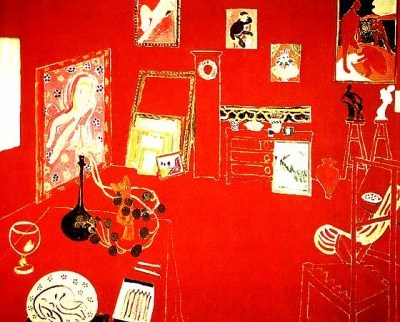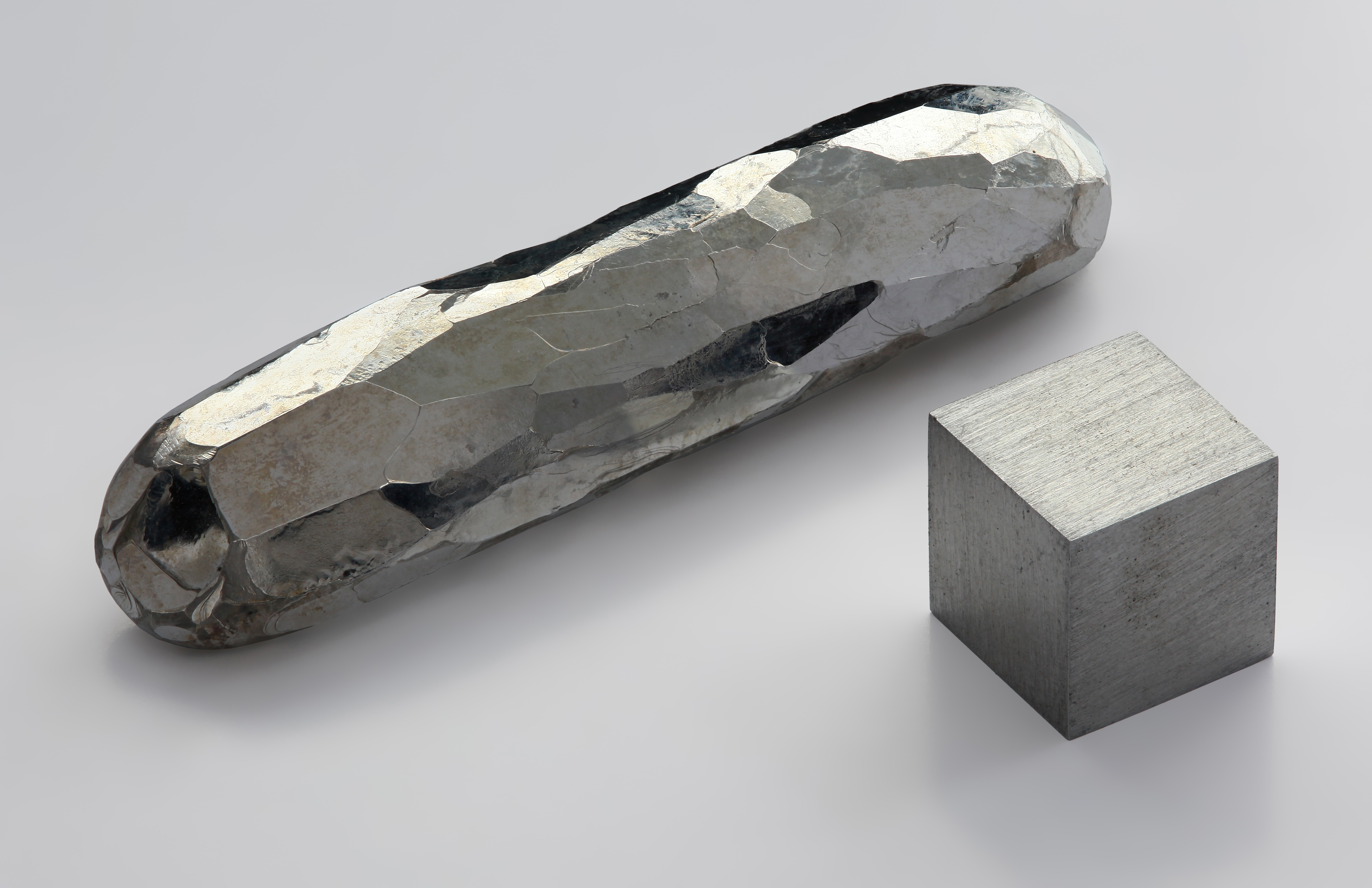- Atomic Number Of Cadmium
- Atomic Numbers Of Elements
- What Is Cadmium Atomic Number
- Cadmium Atomic Number
The Element Cadmium

Cadmium is a chemical element with symbol Cd and atomic number 48. Classified as a transition metal, Cadmium is a solid at room temperature. Name: Cadmium Symbol: Cd Atomic Number: 48 Atomic Mass: 112.411 amu Melting Point: 320.9 °C (594.05 K, 609.62 °F) Boiling Point: 765.0 °C (1038.15 K, 1409.0 °F) Number of Protons/Electrons: 48 Number of Neutrons: 64 Classification: Transition Metal Crystal Structure: Hexagonal Density @ 293 K: 8.65 g/cm 3 Color: Silvery Atomic Structure.
[Click for Isotope Data]
Atomic Number: 48 Microsoft excel viewer for mac.
Atomic Weight: 112.414
Melting Point: 594.22 K (321.07°C or 609.93°F)
Boiling Point: 1040 K (767°C or 1413°F)
Atomic Number Of Cadmium
Density: 8.69 grams per cubic centimeter
Phase at Room Temperature: Solid
Wma converter to mp3 for mac. Element Classification: Metal
Period Number: 5

Group Number: 12
Group Name: none

What's in a name? From the Latin word cadmia and the Greek word kadmeia, which are ancient names for calamine (zinc carbonite).
Say what? Cadmium is pronounced as KAD-mee-em.
History and Uses:
Cadmium was discovered by Friedrich Strohmeyer, a German chemist, in 1817 while studying samples of calamine (ZnCO3). When heated, Strohmeyer noticed that some samples of calamine glowed with a yellow color while other samples did not. After further examination, he determined that the calamine that changed color when heated contained trace amounts of a new element. There is only one mineral that contains significant amounts of cadmium, greenockite (CdS), but it is not common enough to mine profitably. Fortunately, small amounts of cadmium are found in zinc ores and most of the cadmium produced today is obtained as a byproduct of mining and refining zinc.
Cadmium is a poisonous metal and its use is somewhat limited for this reason. Like zinc, cadmium can be electroplated to other materials to protect them from corrosion. Cadmium easily absorbs neutrons and is used to make control rods for nuclear reactors. Cadmium is also used in rechargeable nickel-cadmium batteries.
Cadmium is alloyed with silver to form solder, a metal with a relatively low melting point used to join electrical components, pipes and other metallic items. Cadmium based solders must be handled with care to prevent cadmium poisoning. Cadmium alloys are also used to make low friction bearings that are highly resistant to fatigue.
Hydrated cadmium sulfate (3CdSO4·5H2O), one of cadmium's compounds, is used in a device called a Weston cell, a type of battery that produces a precise voltage used to calibrate medical and laboratory equipment. Cadmium sulfide (CdS), another cadmium compound, is a yellow powder that is used as a pigment. Other cadmium compounds are used in the phosphors of black and white television sets and in the blue and green phosphors in color television sets.
Estimated Crustal Abundance: 1.5×10-1 milligrams per kilogram
Atomic Numbers Of Elements
Estimated Oceanic Abundance: 1.1×10-4 milligrams per liter
Number of Stable Isotopes: 3 (View all isotope data)
What Is Cadmium Atomic Number
Ionization Energy: 8.994 eV

Oxidation States: +2
Electron Shell Configuration: | 1s2 |
2s2 2p6 | |
3s2 3p6 3d10 | |
4s2 4p6 4d10 | |
Cadmium Atomic Number
For questions about this page, please contact Steve Gagnon.
